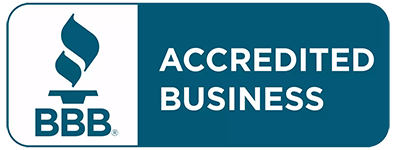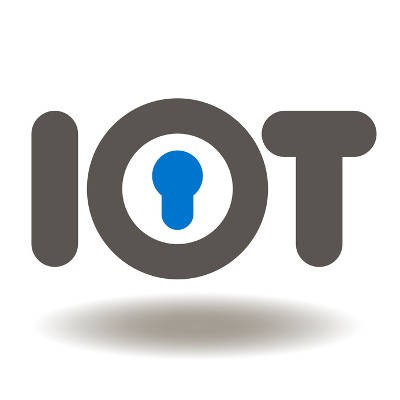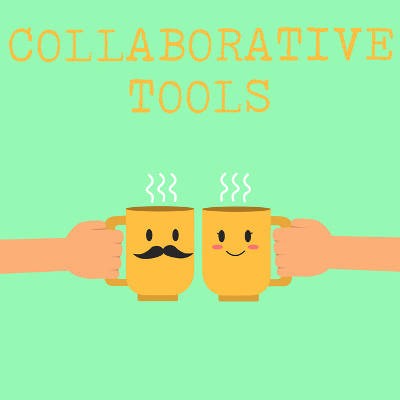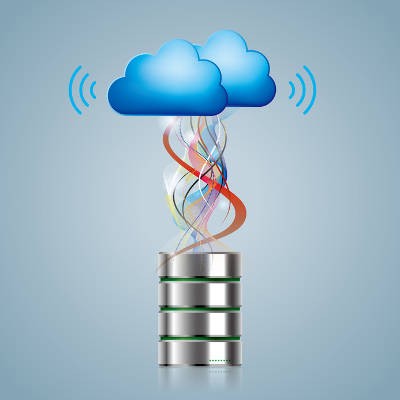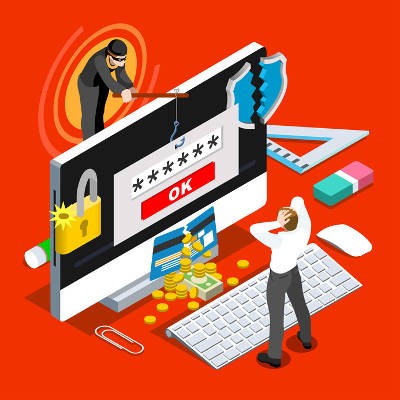Few technological assets are as important in today’s business world as a working telephone solution of some sort. While its form has changed considerably over the years from a traditional handset terminal to a desktop application or mobile device, its functionality remains largely the same. In some ways, it’s even better and more improved, offering unprecedented opportunities for businesses to revamp their entire communications infrastructure.
Telesys Voice and Data Blog
Now that the holidays have come and gone, you might have a couple of new gadgets in your home or office that connect to the Internet. Depending on what these gadgets are, you might have a serious security issue sitting right in front of you without realizing it. Some devices that don’t normally connect to the Internet--also known as Internet of Things devices (IoT)--aren’t as secure as you’d like them to be, particularly in a business environment.
Your business’ technology infrastructure is built from hardware, and this hardware needs to be properly managed if you want to succeed. The first step to this is to acquire the proper hardware, but for businesses that don’t have dedicated in-house IT departments, even this is challenging. Outsourced hardware procurement is a solution to this dilemma, and we’ll explain how it works.
If your business uses technology to be more productive and efficient, you know that as soon as you buy a piece of new technology, there is another one right behind it that has more power, or better features. This is true for consumers as well. This constant innovation is what has made technology a viable option for many small businesses. After all, if computers hadn’t been innovated on constantly, they’d still be the size of a room (or wouldn’t exist at all).
There is a lot on the line for any business when disaster strikes. Is your business ready for a data loss incident? Every year people from all over the world make resolutions as the new year commences; and, this year will be no different. For the business owner hoping to mitigate their exposure to downtime and client backlash in the face of an event like this, having a plan in place is essential to seeing a positive resolution to a bad situation. We’ll go through what constitutes a good backup solution, and what goals you need to prioritize to get your business in a position to succeed if it is put in a tight spot.
When people find new reasons to collaborate, it typically results in something positive. There is some new software that is now making collaboration easier, while still providing people the tools they need to stay productive. These collaboration tools are changing the face of business. Today, we take a look at them and how your organization can use these new collaboration tools to move business ahead faster.
These days, many businesses turn to hosted solutions to take advantage of services that they haven’t been able to use in the past. Whether it’s because they don’t have the staff to properly look after the services or they don’t have the in-house infrastructure for it, organizations continue to take advantage of hosted solutions to varying degrees. We’ll walk you through your options for whether you should build, rent, or buy your hosted solutions to best fit your business’ needs.
For those who don’t know, the term information technology is an encompassment of the technology used in the facilitation of rendering, sharing, and storing data. Any piece of technology that is used to process, keep, send, and secure digital information, is considered IT. Today, we will look at some of the emerging technologies presenting solutions for businesses and individuals, alike, heading into 2019.
Any project manager will tell you that there are countless issues that can get in the way of a successful implementation. To nobody’s surprise, business technology can aid project management by streamlining operations and making the entire process much easier for everyone involved. We’ll dig into the details about how project management software and value-based managed IT services can help you complete projects on-time and on-budget.
The cloud helps many organizations expand their territories beyond simply the physical workplace. Employees can now access data and applications on any connected device. Your office can benefit considerably from cloud-based resources, with email in particular being a standout solution for the cloud.
Many small and midsize companies are forced into spreading their resources out in order to compete with larger organizations. For those that are searching for a way to manage all the moving parts of business, having the means to communicate has to be at the top of the list. What makes it more difficult are that many organizations have a reliance on workers that work remotely. For times like this, a comprehensive conferencing strategy is important. We’ll take a look at what makes up today’s powerful conferencing solutions, and how you can use them to find more success.
Information technology has always been a hotbed for future predictions. Whether it was Marconi’s grand plans for wireless communications or the bold prediction that every person would be carrying around a computer that fits in the palm of their hand, the future always looks bright when new technologies are considered. But, what does the immediate future of information technology hold?
Disasters are a very real possibility that businesses have to deal with, but not all disasters come in the form of a flood or fire. You can predict weather effects that can create problems for your business, like thunderstorms and ice storms that bring down power lines, but you can’t possibly predict when and how your organization will suffer from a data loss incident. We’ll discuss in-depth how your business can save itself the trouble of dealing with cyberattacks and user error--particularly in regard to data backup and disaster recovery.
Each year there are changes that need to be made in the way that organizations manage their IT security. In 2017, ransomware burst on the scene in full force, and cyber security strategies reacted, coming up with fully managed security platform that remediate issues better, and cost organizations far more than they would have spent on IT security just a short time ago. In 2018, the same problems persist, while other developing technologies threaten the natural order of things. Today, we will look at how cybersecurity is being approached in 2018.
Spam is a major hindrance when running a business that relies on email, but it’s easy to protect your employee’s time from the average spam messages with the right technological support. Unfortunately, hackers have adapted to this change and made it more difficult to identify scam emails. More specifically, they have turned to customizing their spam messages to hit specific individuals within organizations.
The business landscape can be unforgiving. It can be filled with landmines that slow progress to a crawl and blitzes that send your head spinning. If you were to compare the business world to history's great battles, technology solutions are a business’ weapons. They are the tools used to make the everyday grind possible. The more advanced an army’s technology, the bigger the edge they have over outfits that don’t have that technology...as long as it works as intended.
As technologies emerge and trends change, organizations face massive paradigm shifts involving the tools and methods they use to conduct business. Right now, we’re in the middle of one of the most significant shifts in decades; more and more businesses are relying on cloud computing.
Every business has some sort of management tasks that requires foresight, and staying up on them can keep headache-inducing situations from constantly causing downtime and costing you time; and, make no mistake, time is money. Being more proactive not only provides sound strategies, it can really mitigate the amount of problems you have to deal with. As we describe what it means to be proactive, and how that strategy will almost always help you save money, consider how you are implementing a proactive approach to your business.
Did you know that prior to this past January, the last big update to Wi-Fi occurred in 2004, when WPA2 was released? The Wi-Fi alliance has introduced a new type of wireless connection called WPA3--one that can dramatically improve security. In reality, it was created with the intention of shoring up weaknesses found as a result of the KRACK vulnerability, which exposed serious issues with WPA2 that needed to be addressed.
Network security for small businesses is far from simple. There are countless threats out there that want to see your business fall, and it only takes one to see this come to fruition. Unless you take action now to protect your organization, you risk the future of your business. But what is it that businesses need to protect from, and what measures are out there that can accomplish this feat?
Mobile? Grab this Article!
